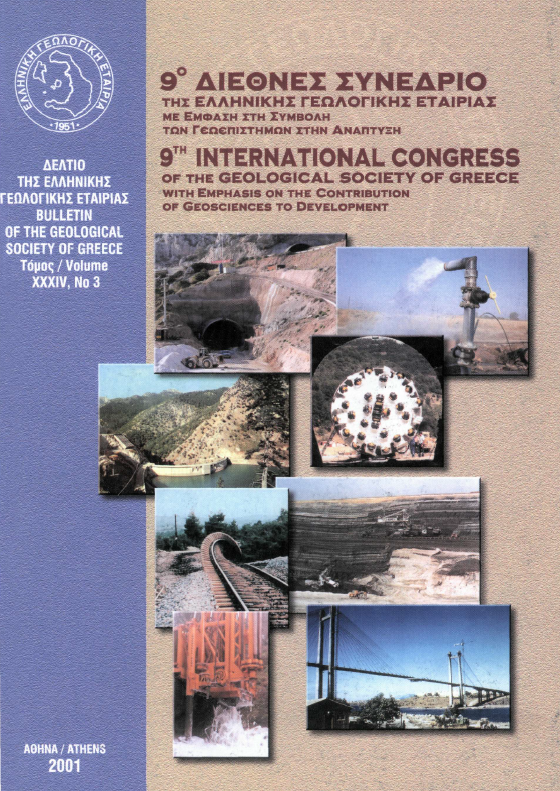Contribution of mineralogical sedimentological and geochemical characteristics of deltaic deposits in the 137Cs sediment concetration

Abstract
This parer provides a review of the factors governing 137Cs sorption in sediments. We have specially focused in the correlation between sorption and the sedimentological mineralogical and geochemical characteristics of the sediments. Literature conclusions in experimental as well as field studies on 137Cs sorption is that 137Cs is strongly correlated with the < 20μηι fraction of the sediment as well as illite content. Other clay minerals such as smectite, kaolinite and chlorite sorb 137Cs in a lesser degree. Furthermore organic material and Fe-Mn hydroxides, act like sorptive surfaces. Our data on 137Cs activity variation based on field studies from deltaic deposits (Arachthos delta, Amvrakikos gulf, Greece)is also discussed. The results of this studies confirm the above mentioned, since 137Cs activity is strongly correlated with the clay fraction and the illite content,while a lesser correlation is indicated for total organic carbon Fe and Mn content of the sediments.
Article Details
- How to Cite
-
ΜΑΡΓΑΡΙΤΗΣ Ι. (2001). Contribution of mineralogical sedimentological and geochemical characteristics of deltaic deposits in the 137Cs sediment concetration. Bulletin of the Geological Society of Greece, 34(3), 1107–1114. https://doi.org/10.12681/bgsg.17168
- Section
- Geochemistry

This work is licensed under a Creative Commons Attribution-NonCommercial 4.0 International License.
Authors who publish with this journal agree to the following terms:
Authors retain copyright and grant the journal right of first publication with the work simultaneously licensed under a Creative Commons Attribution Non-Commercial License that allows others to share the work with an acknowledgement of the work's authorship and initial publication in this journal.
Authors are able to enter into separate, additional contractual arrangements for the non-exclusive distribution of the journal's published version of the work (e.g. post it to an institutional repository or publish it in a book), with an acknowledgement of its initial publication in this journal. Authors are permitted and encouraged to post their work online (preferably in institutional repositories or on their website) prior to and during the submission process, as it can lead to productive exchanges, as well as earlier and greater citation of published work.


